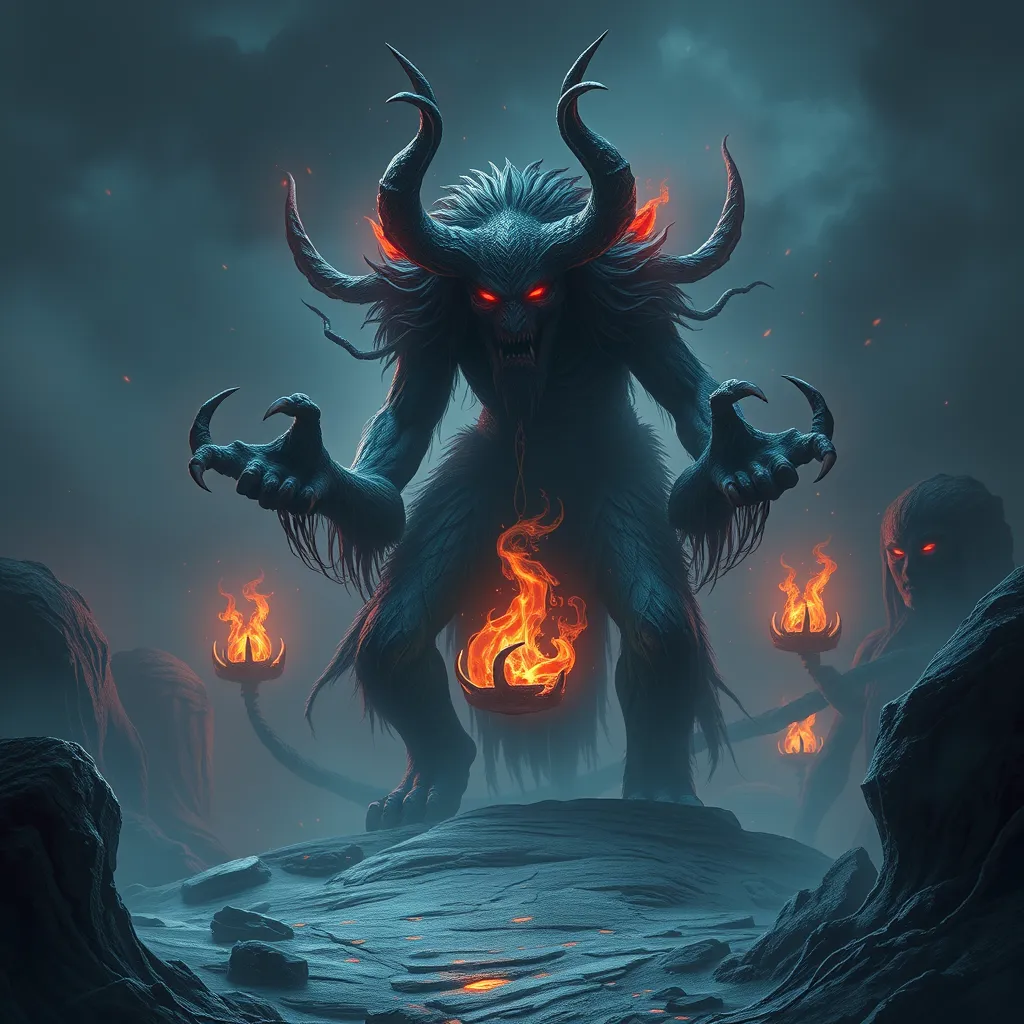The Phoenix and the Eagle: A Shared Legacy of Strength
The phoenix and the eagle, two majestic creatures, have graced the skies of human mythology and folklore since ancient times. These powerful symbols carry deeply ingrained meanings, representing strength, sovereignty, and the ultimate dominion over the heavens. Both the phoenix and the eagle have been revered across cultures, their captivating presence igniting the imaginations of people worldwide. From the ashes of destruction, the phoenix rises, while the eagle soars high above the world, its keen eyesight commanding a panoramic view of all below. The phoenix and the eagle, despite their differences in myth and legend, share a profound connection, both embodying the power of renewal, the might of nature, and the transcendent quality of flight.
The Mythological Phoenix: Rebirth and Renewal
The phoenix, a mythical bird, is a symbol of rebirth and renewal, its story etched into the annals of human history. This legendary creature, often associated with the sun, is said to live a long life before burning itself to ashes. From these ashes, a new phoenix arises, reborn and ready to begin its cycle anew. The phoenix’s cycle of death and rebirth has resonated with humanity for centuries, representing the endless cycle of life, the power of hope, and the enduring spirit that can emerge from even the darkest of times. The phoenix is a potent metaphor for the human capacity for transformation, for overcoming adversity, and for finding strength in the face of hardship. Its story reminds us that even in the face of loss and decline, the potential for renewal remains. The phoenix’s journey is not just about physical regeneration; it is also about the rebirth of the soul, the reawakening of the spirit, and the promise of a new beginning.
The Eagle’s Sovereignty in the Skies: Ruler of the Heavens
The eagle, a majestic bird of prey, has held a significant position in mythology and folklore across the globe. It is often depicted as the king of the birds, a symbol of power, strength, and authority, ruling the skies with its unmatched prowess. Its keen eyesight, powerful wings, and lightning-fast speed are legendary, making the eagle a symbol of vigilance, courage, and the ability to rise above challenges. In many cultures, the eagle represents the divine, connecting the earthly realm with the heavens. Its flight is seen as a symbol of transcendence, a journey beyond the limitations of the mundane, reaching for the celestial. The eagle’s soaring presence embodies the aspiration for freedom, independence, and the ability to view the world from a perspective that transcends the ordinary. The eagle’s dominance in the skies is a testament to its unwavering power, its ability to overcome obstacles, and its unwavering gaze upon the world below.
Shared Symbolism: The Dominion of the Sky
Both the phoenix and the eagle, through their mythical and real-world presence, share a profound connection to the sky. They both inhabit the realm of flight, transcending the limitations of the earth. Their dominion over the heavens symbolizes their connection to the divine, their ability to rise above earthly concerns, and their unique perspective on the world. The sky, often seen as a symbol of boundless possibilities, is a shared domain where these powerful creatures reign. The eagle’s soaring flight represents the pursuit of freedom and power, while the phoenix’s rise from ashes signifies the triumph of hope and renewal. Together, they offer a compelling vision of the power of the sky, its ability to inspire, to transform, and to symbolize the pursuit of greatness.
The Eagle: A Symbol of Power and Authority
In many cultures, the eagle is considered a symbol of power and authority. It is often associated with royalty, leadership, and divine connection. In ancient Rome, the eagle was the emblem of the Roman legions, representing their courage, strength, and conquering spirit. Native American cultures also revered the eagle, associating it with wisdom, courage, and spiritual power. The eagle’s ability to fly high above the world, its sharp eyesight, and its powerful grip all contribute to its symbolism of power. It represents the ability to see the bigger picture, to make decisive judgments, and to overcome challenges with strength and determination. The eagle’s presence often evokes a sense of awe and respect, reminding us of the power and authority that can be achieved through strength, wisdom, and unwavering focus.
The Phoenix: A Symbol of Immortality and Transformation
The phoenix, with its cycle of death and rebirth, is a potent symbol of immortality and transformation. It represents the cyclical nature of life, the constant ebb and flow between destruction and creation. The phoenix’s ability to rise from its own ashes is a metaphor for resilience, renewal, and the unending potential for change. The phoenix’s story has been embraced by various cultures, often associated with religious beliefs, spiritual insights, and the enduring nature of the soul. It reminds us that even in the face of seemingly insurmountable challenges, the potential for renewal exists. The phoenix’s journey is not just about physical rebirth; it is also about the transformation of the spirit, the shedding of old ways, and the emergence of something new and powerful. The phoenix’s story offers hope, reminding us that even from the ashes of loss and despair, the possibility of a new beginning always exists.
The Phoenix and the Eagle in Ancient Cultures: A Comparative Study
The phoenix and the eagle, symbols of power and renewal, have captured the imaginations of people throughout history. Their symbolism, deeply ingrained in many ancient cultures, reflects a shared understanding of the power of the sky, the majesty of flight, and the enduring qualities of strength and resilience.
In ancient Egypt, the phoenix was associated with the sun god, Ra, embodying his cyclical journey across the heavens, signifying rebirth and renewal. The image of the phoenix rising from the ashes, mirroring the sun’s daily resurrection, became a symbol of hope and immortality, reflecting the Egyptian belief in life after death.
In ancient Greece, the eagle was a symbol of Zeus, the king of the gods, representing his strength, authority, and divine power. Zeus’s eagle, often depicted carrying thunderbolts and serving as his messenger, became a symbol of swiftness, precision, and the power of the divine.
In Roman mythology, the eagle was adopted as the emblem of the Roman legions, representing their strength, courage, and conquering spirit. The eagle’s association with Rome’s military might cemented its position as a symbol of power and authority, highlighting the eagle’s role in warfare and conquest.
Across various Native American cultures, the eagle held a prominent position in mythology and spirituality. The eagle was often seen as a messenger of the Great Spirit, embodying wisdom, strength, and spiritual power. The eagle’s ability to soar above the clouds, its sharp eyesight, and its connection to the celestial realm resonated with Native American beliefs about the interconnectedness of nature and the sacred.
The shared symbolism of the phoenix and the eagle across ancient cultures underscores their enduring significance as potent metaphors for power, resilience, and the transcendent qualities of flight. Their presence in ancient myths, legends, and religious beliefs reflects a universal human fascination with the power of nature, the significance of renewal, and the aspiration for a deeper connection to the divine.
Interpretations of the Symbolism: The Power of Flight and Transcendence
The phoenix and the eagle, both symbolic of flight, represent a shared connection to the sky and the transcendent qualities that come with it. The power of flight allows them to rise above the limitations of the earth, connecting with the divine and offering a unique perspective on the world.
The phoenix, with its ability to rise from the ashes, embodies the power of transformation and renewal. Its flight is a metaphor for overcoming adversity, for finding strength in the face of loss, and for embracing the possibility of a new beginning. The phoenix’s journey represents the cyclical nature of life, the constant ebb and flow between destruction and creation, and the potential for rebirth even after the darkest of times.
The eagle, with its powerful wings and keen eyesight, represents the power of perspective, the ability to see the bigger picture, and the strength to rise above challenges. Its flight embodies the pursuit of freedom, independence, and the desire to transcend the ordinary and reach for something greater. The eagle’s soaring presence reminds us of the potential for growth, the importance of seeing beyond the immediate, and the power of embracing new horizons.
These shared interpretations of flight and transcendence have resonated across cultures, reflecting a universal human aspiration for liberation, a desire to rise above the limitations of the earthly realm, and a yearning for something beyond the ordinary. The phoenix and the eagle, through their symbolic representations of flight, offer a powerful vision of hope, renewal, and the transcendent possibilities that lie ahead.
The Phoenix and the Eagle in Modern Culture: Enduring Symbolism
The phoenix and the eagle, symbols of power, resilience, and renewal, continue to hold significance in modern culture, their enduring symbolism resonating across various domains.
The phoenix has become a symbol of hope and transformation, particularly in the face of adversity. Its imagery is used in literature, film, and art to represent the ability to overcome challenges, to rise from the ashes of loss, and to embrace the possibility of a new beginning. The phoenix’s story serves as a reminder that even in the darkest of times, the potential for renewal exists, offering a message of hope and resilience.
The eagle, with its association with strength, authority, and freedom, continues to be a popular symbol in modern culture. It is often used as a mascot for sports teams, representing power, dominance, and a winning spirit. The eagle’s image is also incorporated into logos and designs, signifying ambition, leadership, and the pursuit of greatness. The eagle’s enduring symbolism reflects a shared human aspiration for power, freedom, and the ability to overcome obstacles.
Both the phoenix and the eagle remain powerful symbols in modern culture, reflecting a continuing fascination with their qualities of strength, resilience, and the power of flight. Their enduring symbolism speaks to the universal human qualities they represent, reminding us of the potential for transformation, the importance of overcoming challenges, and the enduring power of hope and resilience.
The Phoenix and the Eagle: A Timeless Source of Inspiration
The phoenix and the eagle stand as timeless symbols of power, resilience, and transcendence, continuing to inspire and captivate the human imagination across cultures and throughout history. Their enduring appeal lies in the profound qualities they represent: the power of renewal, the strength of the spirit, and the ability to rise above adversity.
The phoenix’s cycle of death and rebirth reminds us of the cyclical nature of life, the constant ebb and flow between destruction and creation, and the potential for transformation even after the darkest of times. Its story offers a message of hope, reminding us that even from the ashes of loss and despair, the possibility of a new beginning always exists.
The eagle, with its powerful wings and keen eyesight, represents the strength of the spirit, the ability to see beyond the immediate, and the pursuit of freedom and independence. Its soaring flight reminds us of the potential for growth, the importance of embracing new horizons, and the power of vision and ambition.
The phoenix and the eagle, through their enduring symbolism, continue to inspire us to strive for greatness, to embrace challenges, and to find strength and resilience in the face of adversity. Their presence in mythology, folklore, and modern culture serves as a timeless reminder of the power of the human spirit, the potential for renewal, and the enduring aspiration for a connection to something greater.
FAQ
What is the significance of the phoenix rising from the ashes?
The phoenix rising from the ashes symbolizes rebirth and renewal. It represents the ability to overcome adversity, to rise from the ashes of loss, and to embrace the possibility of a new beginning. The phoenix’s journey is a reminder that even in the darkest of times, the potential for transformation exists.
What does the eagle symbolize?
The eagle is often associated with strength, authority, freedom, and vision. It represents power, dominance, a winning spirit, and the pursuit of greatness. The eagle’s ability to soar above the clouds symbolizes a unique perspective, the ability to see the bigger picture, and the strength to rise above challenges.
How are the phoenix and the eagle connected?
The phoenix and the eagle share a profound connection to the sky and the transcendent qualities that come with it. They both represent the power of flight, the ability to rise above earthly limitations, and the connection to the divine. They are both symbols of strength, resilience, and the potential for transformation.
What role do these symbols play in modern culture?
The phoenix and the eagle continue to hold significance in modern culture, their enduring symbolism resonating across various domains. The phoenix represents hope, transformation, and the ability to overcome challenges, while the eagle is associated with strength, authority, freedom, and the pursuit of greatness. These symbols inspire us to embrace challenges, to find strength and resilience in the face of adversity, and to strive for our highest potential.



